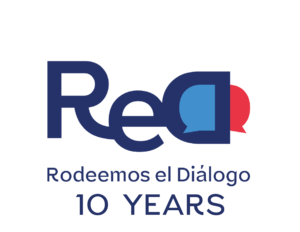Truth Commission Snapshot 14
Naming the Unspeakable. Art and the Truth Commission
The Truth Commission has begun a series of interviews called Naming the Unspeakable with different Colombian artists, all of whom have made the reflection of the armed conflict integral to their work. To date, six meetings have been held to discuss the role of art as a form of recognition and a means to understand the armed conflict. These meetings take as a starting point, the fundamental role of art in Colombia as a means to resist and witness the horrors lived amid violence. The Commission also recognises that art, through its many languages, can delve into the depths of the human condition.
Art and Recognition
The different artists invited to the Naming the Unspeakable series agree that art plays a fundamental role in providing spaces for the recognition of victims and an understanding of the dynamics of the conflict. Doris Salcedo argues that the function of the artist is precisely to go behind the marks left by violence, reconstructing those who are victims and helping make sense of the conflict. Art is then a means to restore what is damaged, dignify those who lost their lives, or whose life was affected. Pablo Montoya, a writer, uses literature to reflect on the breakdown of the ties and fundamental values of coexistence amid the most challenging economic conditions. He does this through a story about a mass grave known as La Escombrera (The Dump), in Medellín. He adopts the perspective of popular sectors and the relationship they had with the different forms of violence in which they were immersed.
Embrace Dialogue celebrates the Truth Commission’s initiative. We recognise the potential of art within the process of recognising victims of the armed conflict. Embrace Dialogue also invites civil society to learn about the Commission’s project and to appropriate it.


